After the age of 40, the eye’s natural lens begins to lose its flexibility, making it harder to focus on things up close. This natural aging process is called presbyopia (Lao Hua), and it’s something everyone will experience.
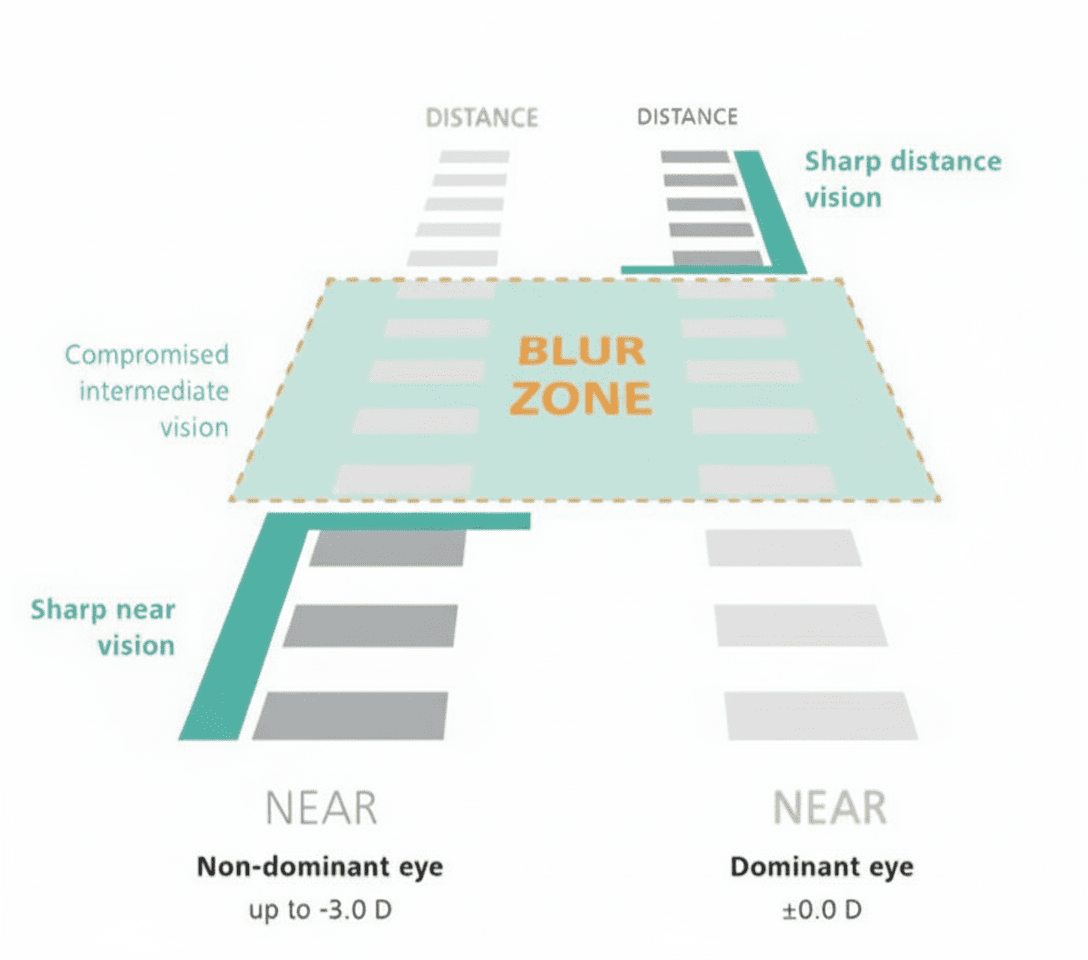
For most people, presbyopia means they’ll need reading glasses or corrective lenses. People who are already nearsighted may find they can remove their distance glasses to read.
One common solution for presbyopia is monovision, which corrects one eye for distance vision and the other for near vision. This technique is often used with contact lenses and is also a traditional method for laser vision correction.
Why is it called Laser Blended Vision? PRESBYOND® 2.0 Laser Blended Vision is a special type of laser eye surgery designed to counteract the effects of aging eyes. It uses a technique called Laser Blended Vision, which corrects one eye for distance vision and the other for near vision. Your brain automatically merges these two different images to create a continuous “blend zone“, giving you seamless vision for all distances.
Conventional monovision
 Conventional monovision
Conventional monovision
After the age of 40, the eye’s natural lens begins to lose its flexibility, making it harder to focus on things up close. This natural aging process is called presbyopia (Lao Hua), and it’s something everyone will experience.
For most people, presbyopia means they’ll need reading glasses or corrective lenses. People who are already nearsighted may find they can remove their distance glasses to read.
One common solution for presbyopia is monovision, which corrects one eye for distance vision and the other for near vision. This technique is often used with contact lenses and is also a traditional method for laser vision correction.
Why is it called Laser Blended Vision? PRESBYOND® 2.0 Laser Blended Vision is a special type of laser eye surgery designed to counteract the effects of aging eyes. It uses a technique called Laser Blended Vision, which corrects one eye for distance vision and the other for near vision. Your brain automatically merges these two different images to create a continuous “blend zone“, giving you seamless vision for all distances.
PRESBYOND® 2.0 is particularly suited for:
However, it may not be suitable for:
Your surgeon will perform a thorough assessment to determine if PRESBYOND® 2.0 is the right choice for you.
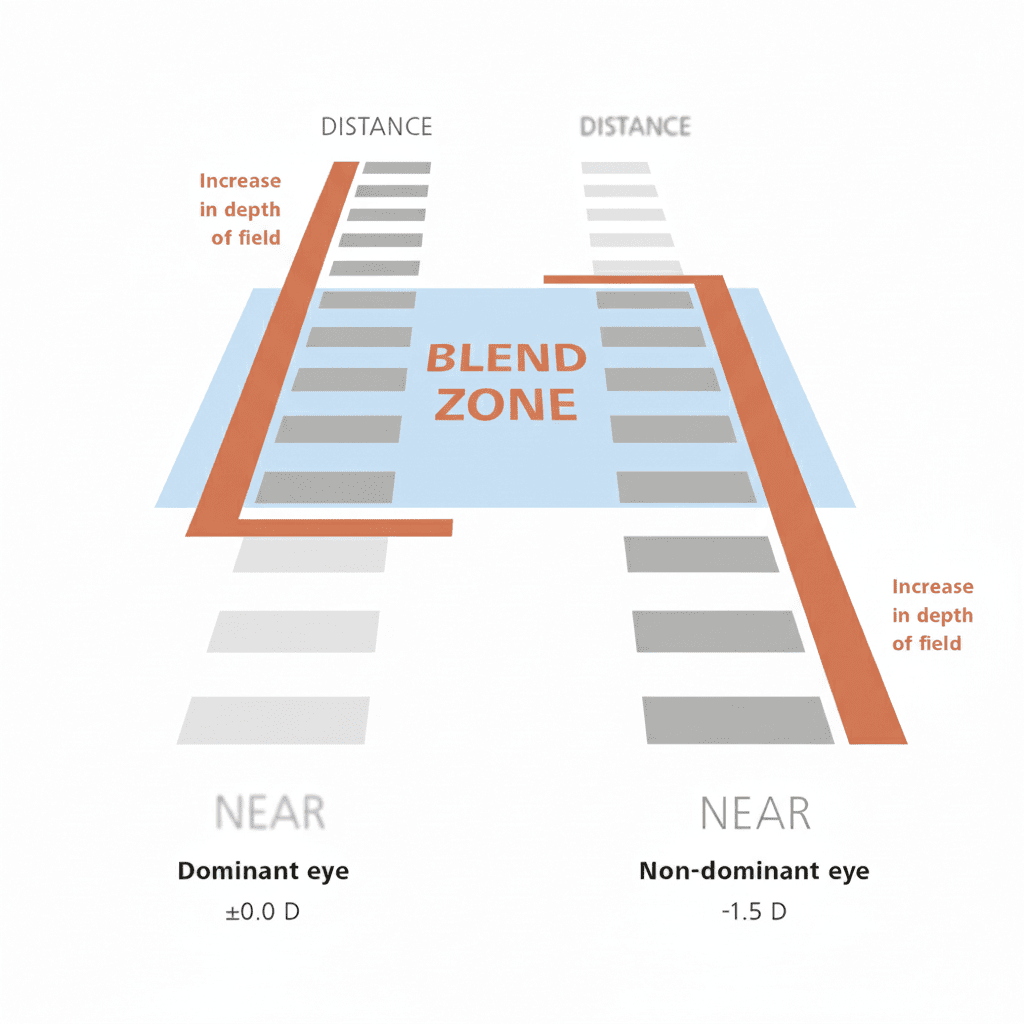

Numbing eye drops are administered to ensure a pain-free experience.

A femtosecond laser creates a thin flap on the cornea’s surface, which is gently lifted.

An excimer laser reshapes the cornea to correct the refractive error, blending near and distance vision zones.

The corneal flap is carefully repositioned, adhering naturally without the need for stitches.

Utilizes advanced laser technology for precise and safe reshaping of the cornea.

Tailors vision correction to individual needs, blending near, intermediate, and distance vision.
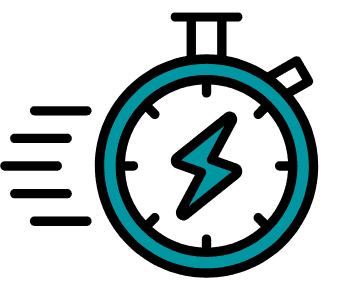
Most patients experience significant improvement in vision within a few days, with minimal discomfort.

Provides durable vision correction, reducing dependency on glasses or contact lenses.
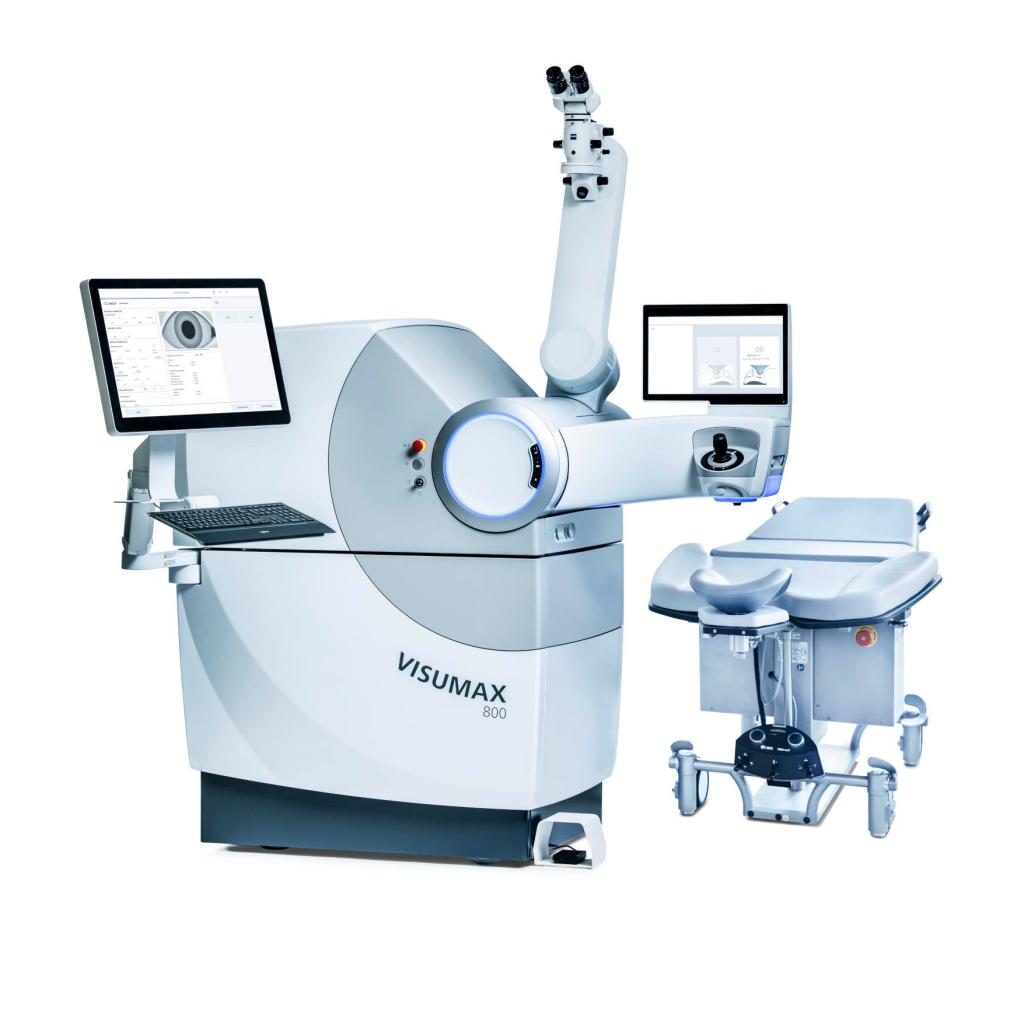
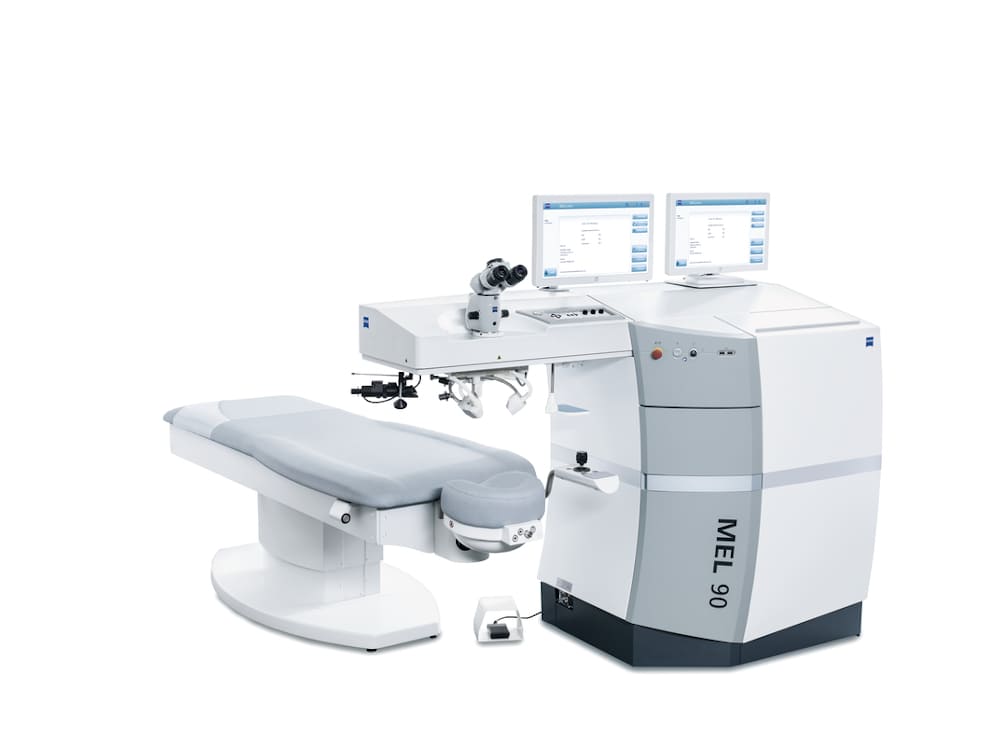
Most patients enjoy:
You may be suitable if:
Yes. PRESBYOND® 2.0 uses femtosecond and excimer laser technology with decades of proven safety in refractive surgery. Risks like dry eye or glare are possible but usually mild and temporary.
The laser treatment itself takes only a few minutes per eye. The full process (including preparation) is about 20–30 minutes.
The laser correction itself is permanent. However, its effectiveness in providing reading freedom will gradually change over 10-15 years because your eyes continue to age naturally.
Most patients can return to work within 1-2 days.